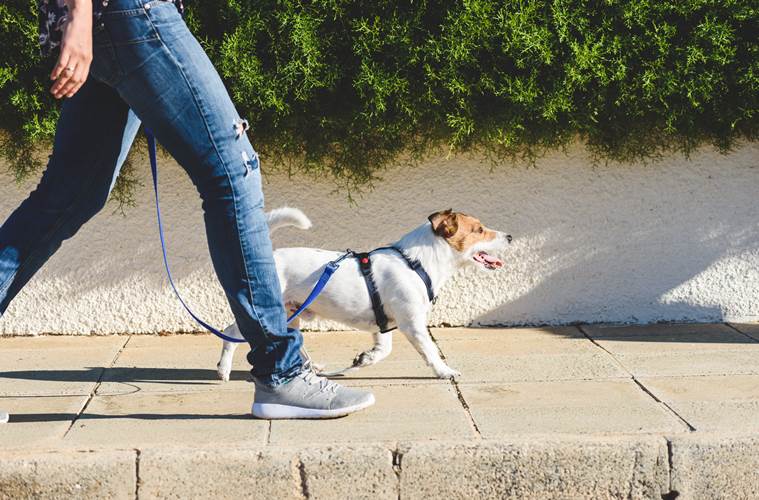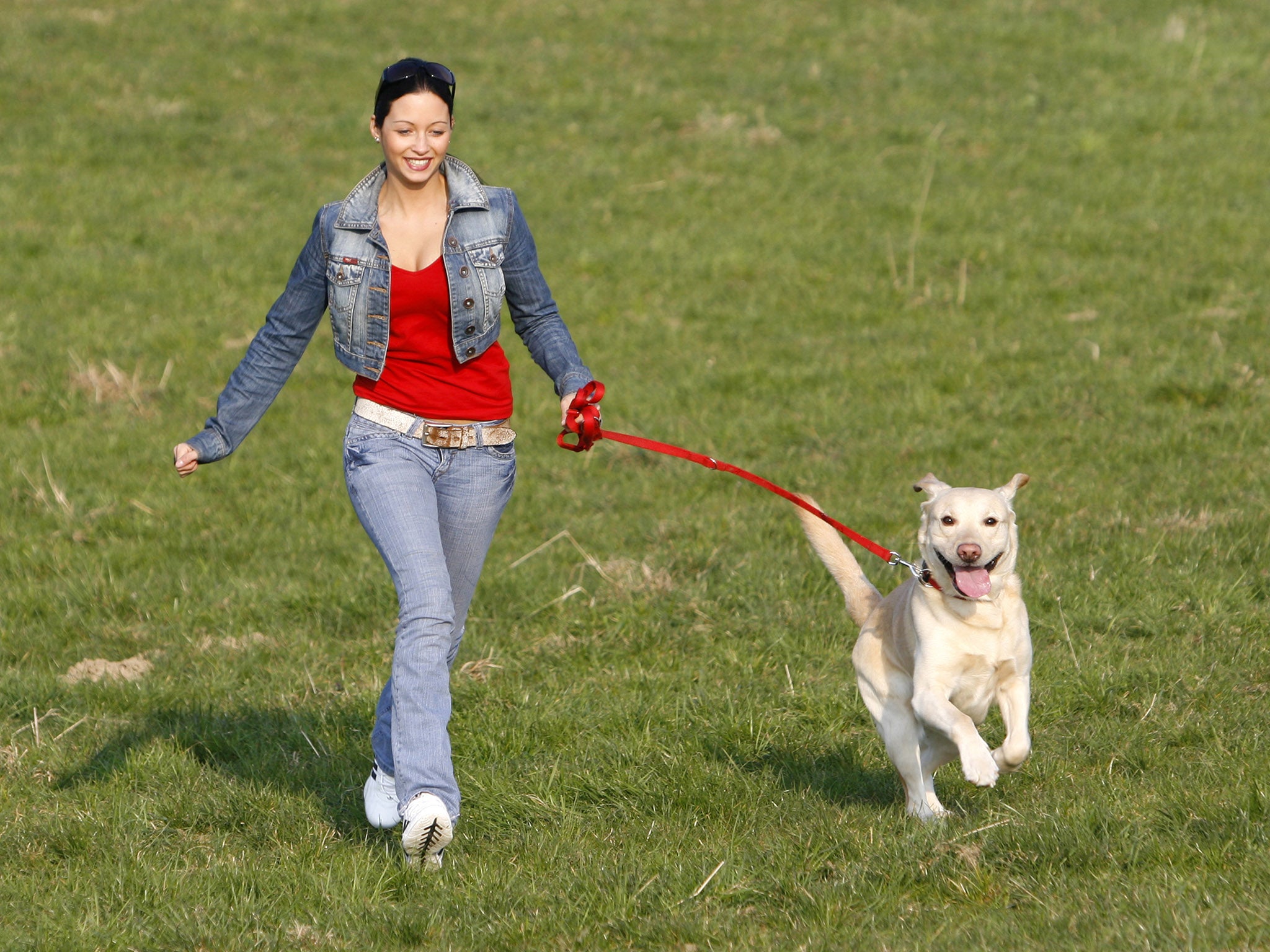

If this happens, you should crate him or put him in a quiet space without your attention and try again another time. If your dog sits or refuses to walk, you may have to return home. Head halters are great for training dogs to heel during a brisk walk. Continue moving straight ahead, tighten the leash (but do not jerk it) and give a command such as ‘leave it’, ‘come’, or ‘here’. The key is to keep it up!ĭo not look down at your dog when they inevitably want to stop and smell something or mark a fire hydrant. It should feel like a brisk walk, and you should break into a light sweat. This should be about a 12-15 minute per mile pace (7-9 minutes per kilometer). “If you start slowly, allowing your dog to sniff and smell everything, you may have difficulty getting him to speed up.”ĭraw your leash close-generally within two to four feet (about 0.5-1 meter) of your body – and set off at a pace you feel comfortable sustaining. It is unnecessary to ‘warm up’ before a walk or a slow jog as hunters, dogs have adapted to accelerate rapidly with minimal risk of injury. If you start slowly, allowing your dog to sniff and smell everything, you may have difficulty getting him to speed up. Make your objective to walk briskly from the beginning of the walk. Walking for weight loss is very different from walking for pleasure. They make frequent pauses (on average every one to two minutes) for the dog to smell an interesting object or mark territory. Based on observations, the average pace of people walking with their dogs is 25 minutes per mile (15 minutes per kilometer), which is a slow stroll. What pace should I set?įew dogs will naturally walk at a pace that generates the elevated heart rates needed for sustained aerobic activity and weight loss.
Dog brisk walk portable#
If you want your dog to be fashionably equipped, many different portable water bottle styles are available for dogs on the move. If you will be walking in hot weather (above 80-85☏ or 26-29☌ for most dogs), or if you will be walking longer than 30 minutes, do not forget to carry water for both you and your dog. Protective booties and dog coats may be required for long winter walks in cold climates. “You need to keep your canine companion close to keep up a steady pace.” Save the long leash for casual strolls around the neighborhood or explorations at the park. You need to keep your canine companion close to keep up a steady pace. Retractable leashes are not ideal as they pose a danger to the dog walker and the dog. See the handout “Collar and Harness Options for Dogs” for more information on the pros and cons of collars, harnesses, and head halters.Ī relatively short leash is preferable.

Look for wide, soft, padded straps and breathable materials.

Your safest choice is a head halter (i.e., Gentle Leader®) or a walking harness (Ultra Paws® Harness, Gentle Leader® Easy Walk, etc.). Choke chains or any other collars that work by applying constrictive pressure around the neck are especially dangerous. Collars must be used cautiously, as they can compress the trachea (windpipe) when pulled, causing difficulty breathing or even a neck injury. What sort of equipment do I need?įorget the leash and collar if you want to burn some serious calories with your dog. This sounds simple enough, but is it? The following questions are commonly asked by dog owners who are about to embark on a walking program to promote weight loss. Veterinarians often recommend walking as a key element of most canine weight loss and fitness regimens.


 0 kommentar(er)
0 kommentar(er)
